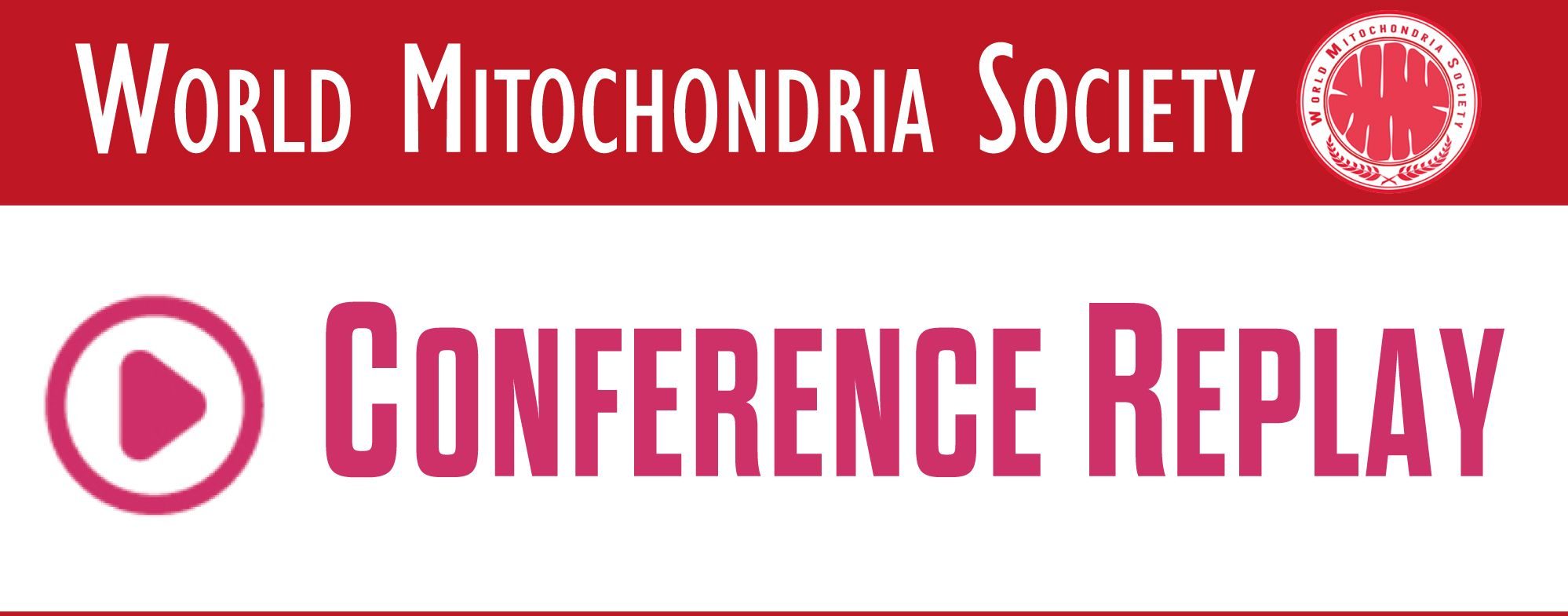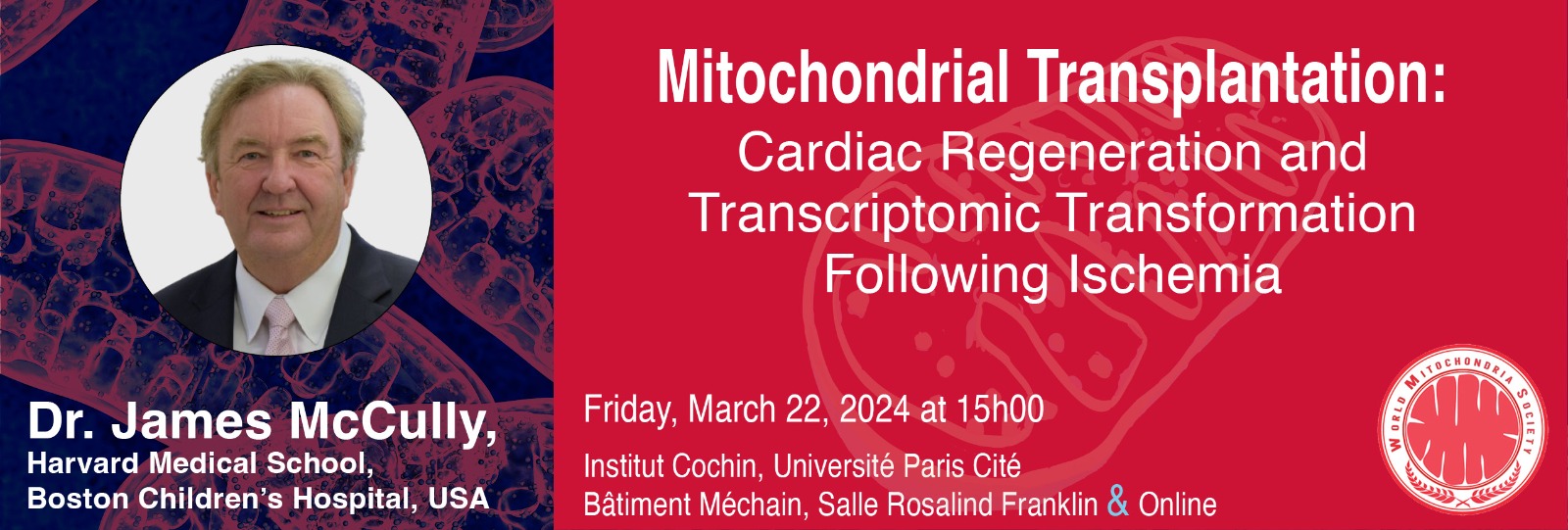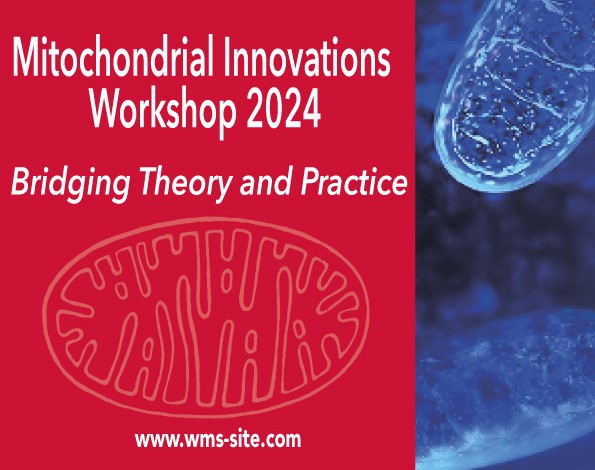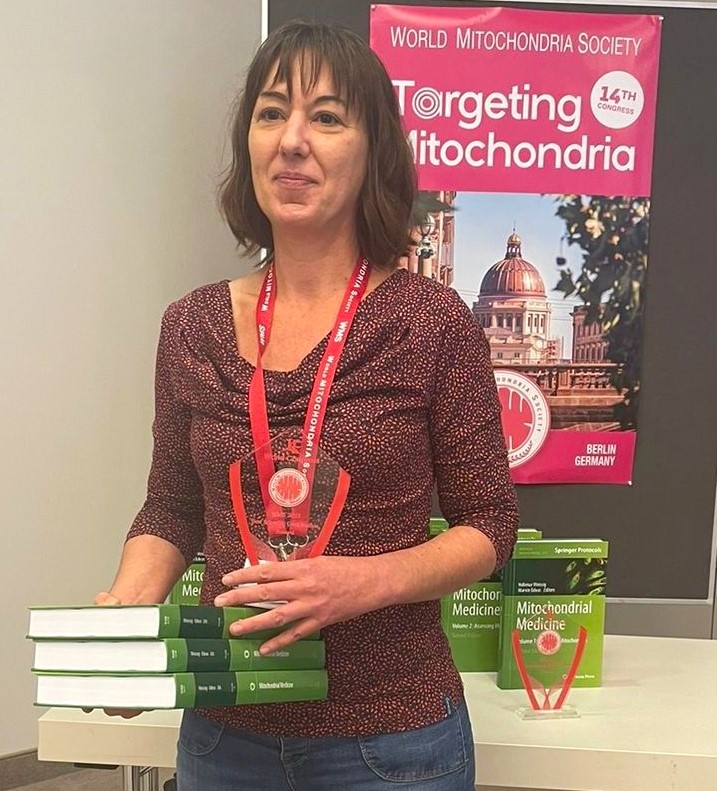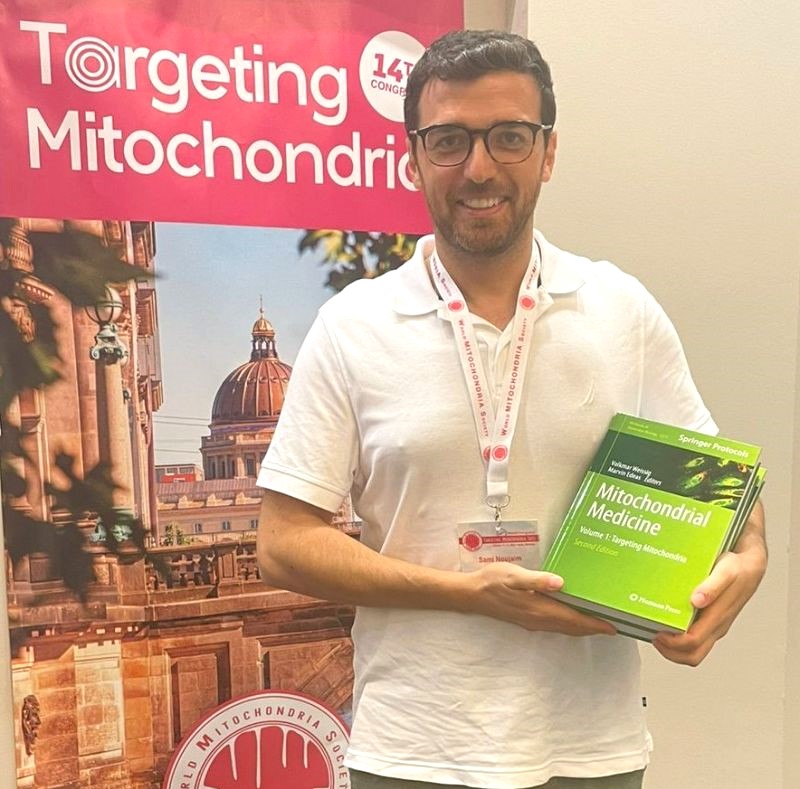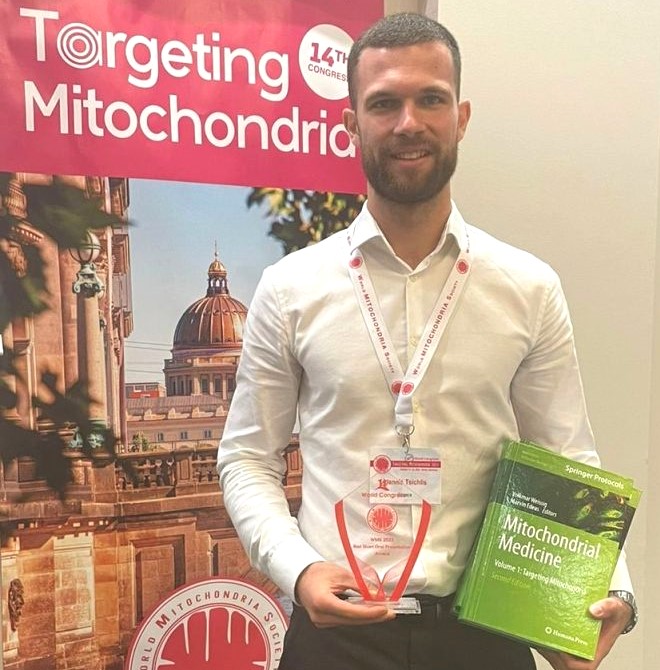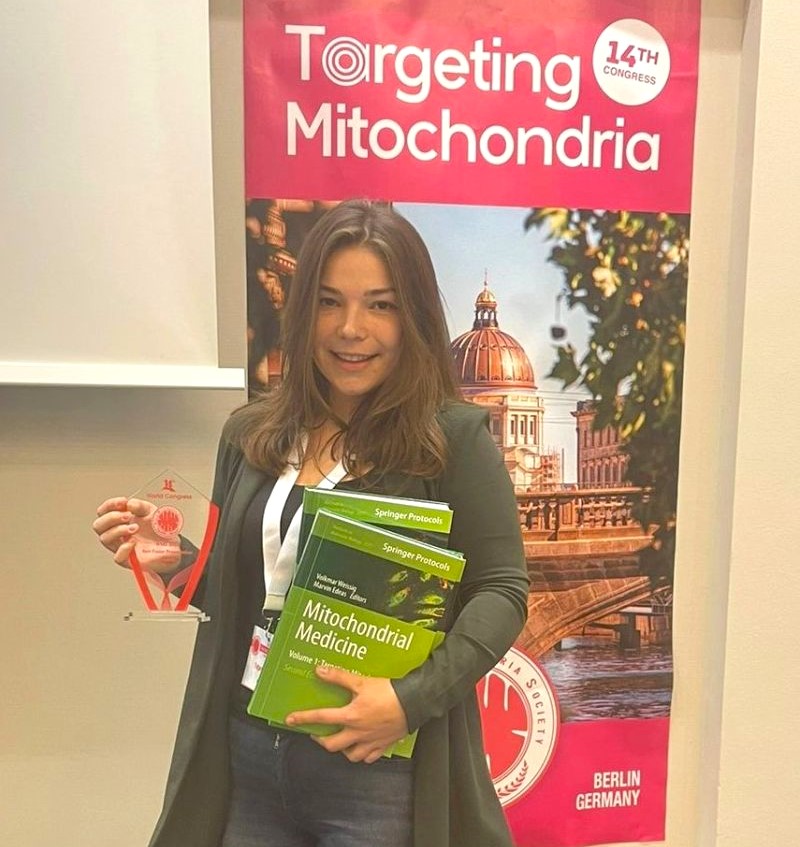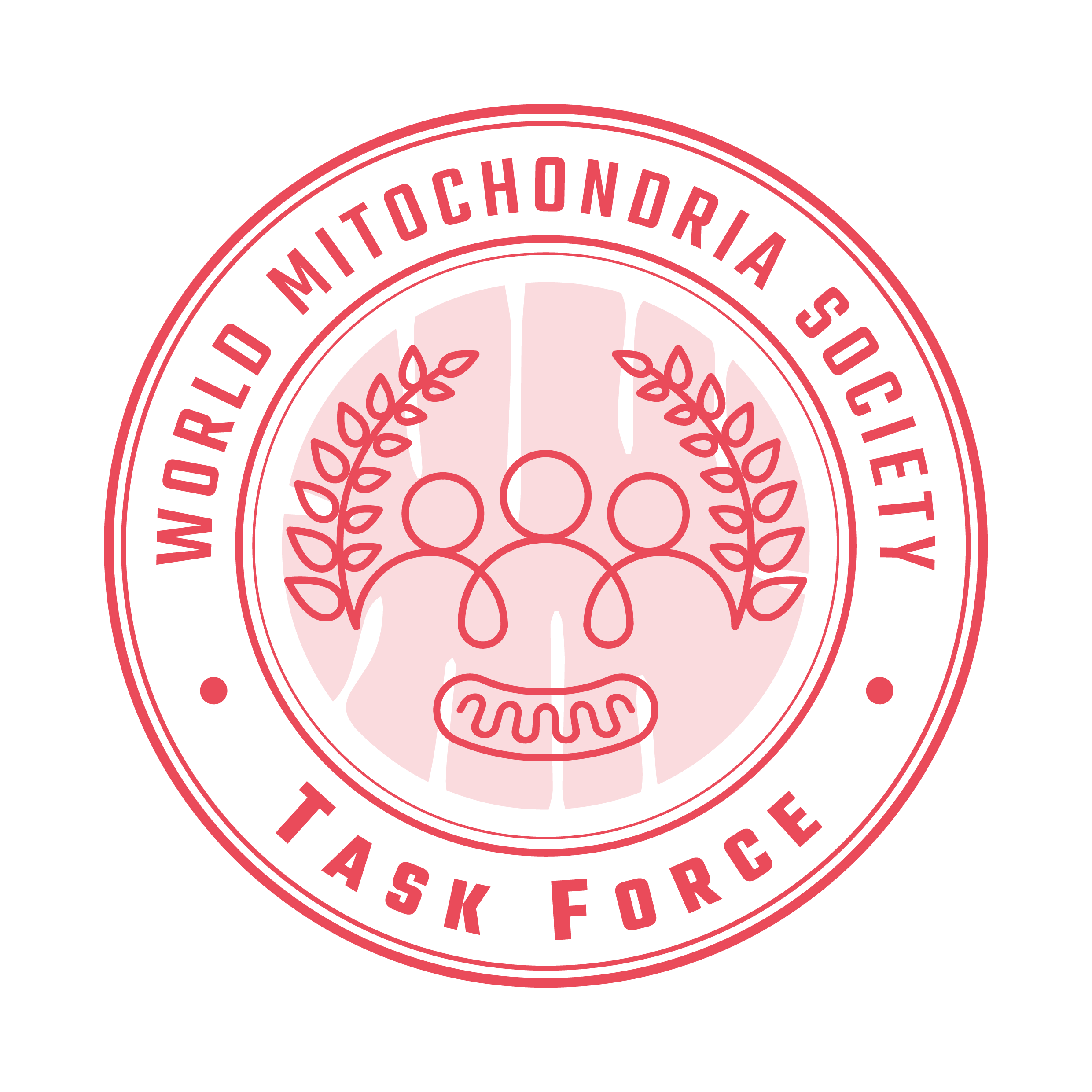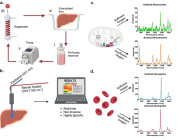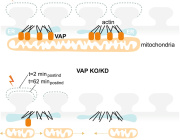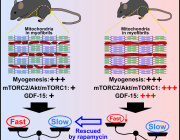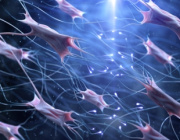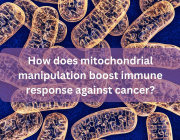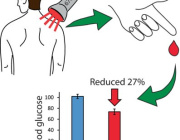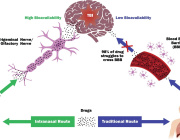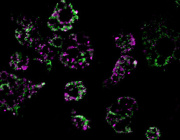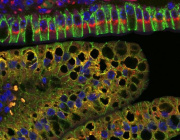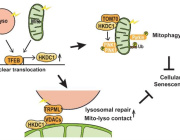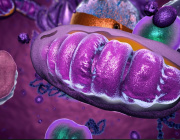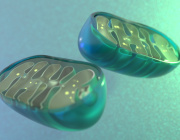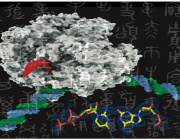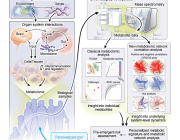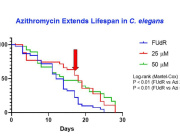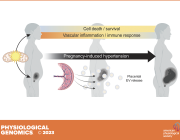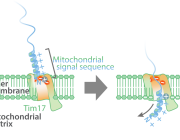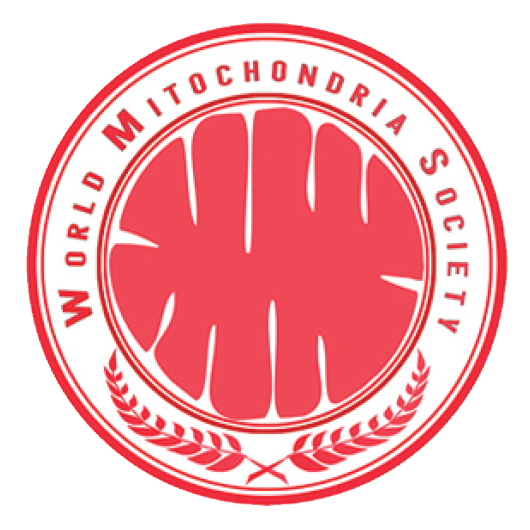Studies on mitochondria-targeted plastoquinones and the road from laboratory bench to the market
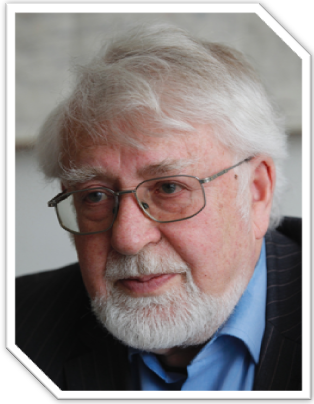 During the 8th World Congress on Targeting Mitochondria 2017, Prof. Vladimir Skulachev from Moscow State University, Moscow, Russia will presentation his studie on mitochondria-targeted plastoquinones and the road from laboratory bench to the market.
During the 8th World Congress on Targeting Mitochondria 2017, Prof. Vladimir Skulachev from Moscow State University, Moscow, Russia will presentation his studie on mitochondria-targeted plastoquinones and the road from laboratory bench to the market.
SkQ1 and other mitochondria-targeted plastoquinone derivatives are promising drug candidates for treatment of pathologies associated with mitochondrial dysfunction. Experiments in animals revealed that SkQ alleviates damage induced by ischemia-reperfusion injury, prevents autoimmune arthritis, suppresses the development of Alzheimer's disease signs, inhibits the development of ophthalmological disorders, including dry eye syndrome (DES), and has anti-inflammatory activity. The first SkQ-based drug (eye drops Visomitin) is already developed and registered in Russia; clinical studies of orally-administered drug is in progress.
During Targeting Mitochondria Congress, Prof. Skulachev will summarize recent experimental data on SkQ effects in animals, results of clinical trials and future perspectives of mitochondria-targeted antioxidants as therapeutic compounds.
More information: www.targeting-mitochondria.com
Development on new technologies for clinical and drug delivery: Probing Mitochondrial Chemical Biology with Organelle-Specific Peptides
 Dr. Shana O'Kelley is a Distinguished Professor of Biochemistry, Pharmaceutical Sciences, Chemistry, and Biomedical Engineering at the University of Toronto, Canada. Dr. Kelley received her Ph.D. from the California Institute of Technology and was a NIH postdoctoral fellow at the Scripps Research Institute. Her research interests are the development of new technologies for clinical diagnostics and drug delivery.
Dr. Shana O'Kelley is a Distinguished Professor of Biochemistry, Pharmaceutical Sciences, Chemistry, and Biomedical Engineering at the University of Toronto, Canada. Dr. Kelley received her Ph.D. from the California Institute of Technology and was a NIH postdoctoral fellow at the Scripps Research Institute. Her research interests are the development of new technologies for clinical diagnostics and drug delivery.
During Targeting Mitochondria World conngress, Dr O'Kelley will present her study on Mitochondria Chemical Biology.
"Mitochondria are very interesting compartments within the eukaryotic cell with a unique evolutionary history. The bacterial origin of mitochondria and retention of a genome differentiate this organelle from others within the cell. Because of the impermeable nature of the mitochondrial membranes, genetic manipulation of the mitochondrial is difficult and as a result little is know about the processes within the organelle that involve nucleic acids. We recently developed a peptide-based delivery vector that can carry reactive cargo into the mitochondria of live mammalian cells. By attaching agents that generate reactive oxygen species or alkylation damage, we can site-specifically probe the cellular response to these insults and deconvolute this response from that resulting from nuclear damage. This approach is revealing new insights into how mitochondrial DNA damage is responded to, and has also indicated that the makeup of mitochondria make them susceptible to other types of bimolecular damage."
More information: www.targeting-mitochondria.com
Strategic presentation on High-content mitochondrial analysis by live-cell microscopy
 Dr. Werner J.H. Koopman from the Deptartement of Biochemistry, Live-cell Bioenergetics group, Radboudumc, Nijmegen, The Netherlands. will give a talk during the Targeting Mitochondria World congress 2017 which will be held at Steigenberger Hotel, Berlin on October 23-24, 2017 and present his research about "High-content mitochondrial analysis by live-cell microscopy"
Dr. Werner J.H. Koopman from the Deptartement of Biochemistry, Live-cell Bioenergetics group, Radboudumc, Nijmegen, The Netherlands. will give a talk during the Targeting Mitochondria World congress 2017 which will be held at Steigenberger Hotel, Berlin on October 23-24, 2017 and present his research about "High-content mitochondrial analysis by live-cell microscopy"
His research aims to unravel the interconnection between cell metabolism and mitochondrial morphofunction in single living cells during healthy and pathological conditions. Here high-content microscopy tools and their application in research and screening strategies will be presented."
For more information: www.targeting-mitochondria.com/
“The Human Longevity Project - Part 1" will be projected during Targeting Mitochondria World Congress
The Human Longevity Project (Part 1) to be screened at the Targeting Mitochondria 2017 Congress is the world premiere of a groundbreaking, new documentary film series that takes an exciting journey around the globe to study the planet’s healthiest centenarians. This upcoming documentary film opens a new investigation into the four Blue Zones around the world, which have been previously identified by Michel Poulain and National Geographic as places containing an inordinate concentration of people with exceptionally long health-spans and incredible levels of vitality late in life. The Human Longevity Project is an 8-part film series that includes interviews from premier scientists, physicians, healers, & health experts around the globe and gathers together real-world footage and interviews with individuals in the Blue Zones. The intent is to reexamine the daily routines and practices ranging the entire lifespan to determine, from a bioenergetic standpoint, precisely how lifestyle factors affect the aging process and how we can adapt these factors to the presentday world. The series is slated to screen globally in 2018.
For more information: www.targeting-mitochondria.com
Mitochondrial ROS mediated signaling pathways: activation and regulation upon inflammation
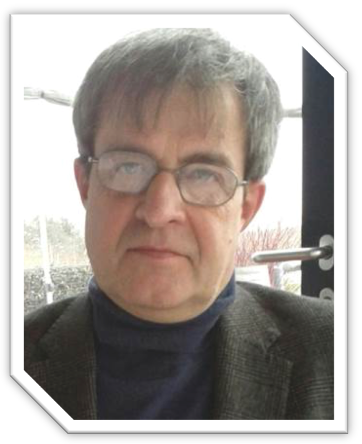 Dr. Andrey V. Kozlov from Ludwig Boltzmann Institute for Experimental and Clinical Traumatology (Vienna, Austria) will talk at the 8th Targeting Mitochondria World congress on “Mitochondrial ROS mediated signaling pathways: activation and regulation upon inflammation”.
Dr. Andrey V. Kozlov from Ludwig Boltzmann Institute for Experimental and Clinical Traumatology (Vienna, Austria) will talk at the 8th Targeting Mitochondria World congress on “Mitochondrial ROS mediated signaling pathways: activation and regulation upon inflammation”.
“In the past, reactive oxygen species (ROS) were considered as side products of cellular metabolism causing oxidative damage to diverse biomolecules and biomembranes. More recently ROS have been discovered as an important component of intracellular signaling cascades. Moreover, recent reports suggest that mitochondrial ROS are the most critical ROS in the activation of specific intracellular signaling cascades. The analysis of diseases associated with inflammation suggests that the activation of mitochondrial ROS mediated signaling cascades can be deleterious causing organ dysfunction.”
More information: www.targeting-mitochondria.com
Hydrogen sulfide and mitochondrial function: Presentation of the scientific advances
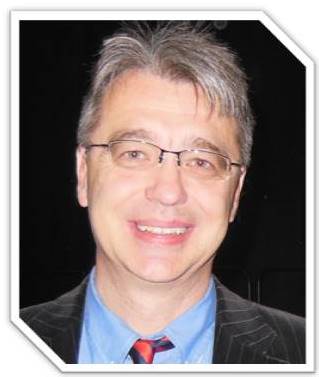 During the 8th World Congress on Targeting Mitochondria 2017, Dr. Csaba Szabo from University of Texas, USA will present his work on "Hydrogen sulfide and mitochondrial function".
During the 8th World Congress on Targeting Mitochondria 2017, Dr. Csaba Szabo from University of Texas, USA will present his work on "Hydrogen sulfide and mitochondrial function".
According to him: "H2S has emerged over the last decade as an important, endogenously produced biological mediator. Inhibition of cytochrome C oxidase is the longest known mitochondrial effect of H2S. However, work of recent years showed that H2S, at lower concentrations, acts as an electron donor to the mitochondria, and serves as an inorganic substrate for mitochondrial electron transport. Additional mitochondrial effects of H2S include the stimulation of mitochondrial electron transport via inhibition of mitochondrial phosphodiesterase 2A, and activation of Complex V via sulfhydration. In some disease conditions (e.g. ischemia, vascular disease, diabetic complications), H2S levels are decreasing and H2S donation can exert therapeutic effects. In other conditions, the idea that H2S can be used to induce an on-demand metabolic suppression ("hibernation") has been proposed. In yet other conditions (e.g. inflammation, septic shock, burn injury and certain forms of cancer), H2S overproduction occurs and H2S biosynthesis inhibitors may be a therapeutic approach of the future. The talk will overview the various mitochondrial actions of H2S and will highlight some of the physiological, pathophysiological and therapeutic implications of these processes."
More information: www.targeting-mitochondria.com
How to regulate cardiac excitation-contraction-bioenergetics coupling by mitochondrial fission protein Drp1?
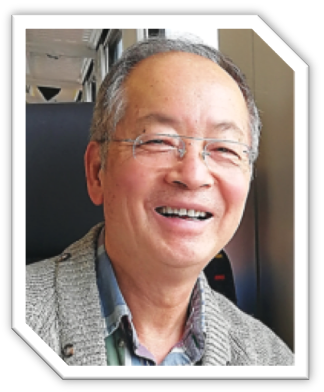
"Studies have shown that Drp1 is abundantly expressed in adult cardiac myocytes. Paradoxically, compared to numerous cell types, adult cardiac myocytes exhibit very low frequency in mitochondrial fission. In this presentation, I will describe the mechanisms of non-canonical (fission-independent) roles of Drp1 in regulating cardiac bioenergetics during the heartbeats."
Prof Shey-Shing Sheu from Thomas Jefferson University, USA will talk about the regulation of cardiac excitation-contraction-bioenergetics during Targeting Mitochondria 2017 world congress which will be held in Berlin, Germany.
More information: www.targeting-mitochondria.com
Creation of a designer molecule to target and silence mitochondrial gene transcription
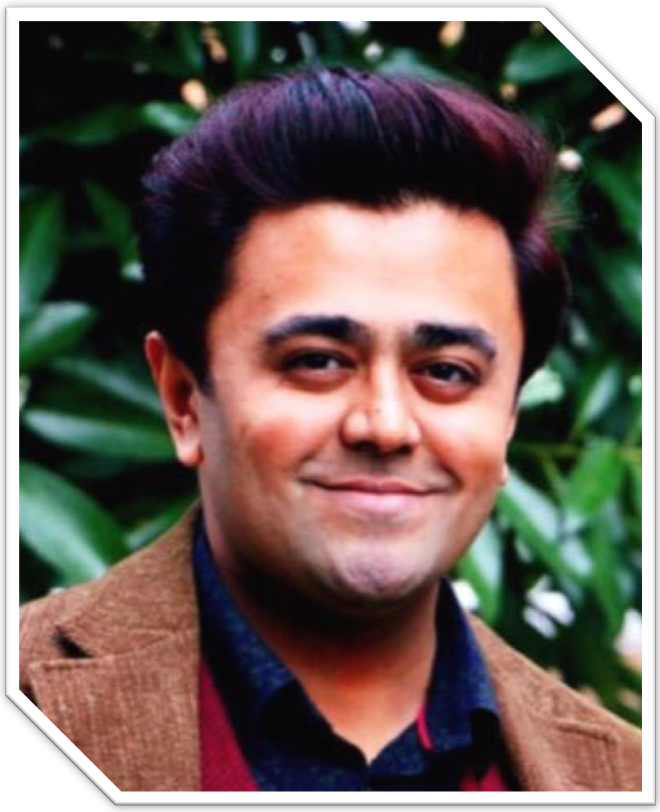
Dr. Ganesh Pandian Namasivayam from Kyoto University, Japan will present his research on "Creation of a designer molecule to target and silence mitochondrial gene transcription'' during Targeting Mitochondria 2018 congress.
According to Dr Namasivayam: "Harnessing the sequence information about the mitochondrial gene transcription, we created a synthetic designer molecule termed MITO-PIP that can selectively localize inside mitochondrion and recognize the target DNA sequence. MITO-PIP triggered targeted transcriptional suppression in HeLa cells by inhibiting the mitochondrial transcription factor A to the light-strand promoter. Currently, we are advancing our designer molecule to gain control over mitochondrial gene expression."
For more information, please visit www.targeting-mitochondria.com
Mitochondrial dysfunction play a key role in the pathophysiology of Alzheimer Disease
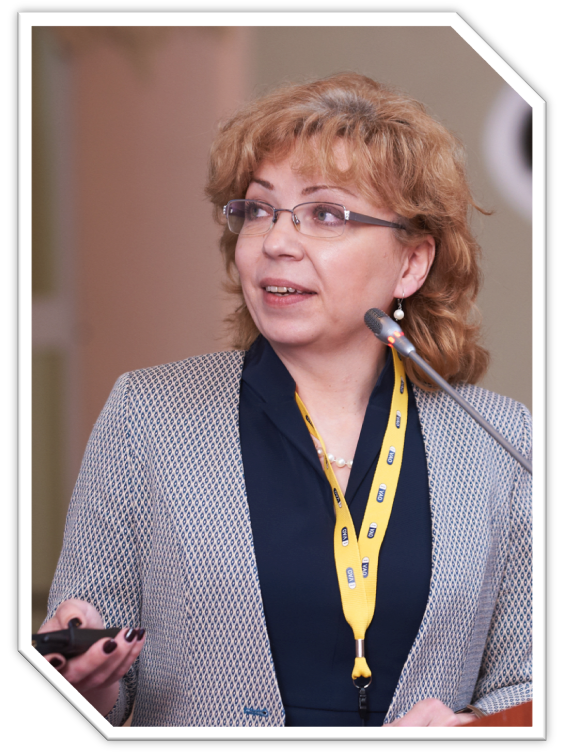 Dr Natalia Stefanova, from the Institute of Cytology and Genetics, Novosibirsk, Russia will tell about their recent experimental research that support that mitochondrial dysfunction play a key role in the pathophysiology of Alzheimer Disease (AD) and that therapies with target mitochondria are potent to normalize a wide range of cellular signaling processes and therefore slow the progression of AD. She studied the role of mitochondria in the pathophysiology of this disorder using OXYS rats that simulate key characteristics of sporadic AD. It was shown that treatment with mitochondria-targeted SkQ1 via improvement of structural and functional state of mitochondria is able to alleviated the structural neurodegenerative alterations, prevented the neuronal loss and synaptic damage, increased the levels of synaptic proteins, enhanced neurotrophic supply, and decreased amyloid-β1-42 protein levels and tau hyperphosphorylation in the hippocampus of OXYS rats, resulting in improvement of the learning ability and memory.
Dr Natalia Stefanova, from the Institute of Cytology and Genetics, Novosibirsk, Russia will tell about their recent experimental research that support that mitochondrial dysfunction play a key role in the pathophysiology of Alzheimer Disease (AD) and that therapies with target mitochondria are potent to normalize a wide range of cellular signaling processes and therefore slow the progression of AD. She studied the role of mitochondria in the pathophysiology of this disorder using OXYS rats that simulate key characteristics of sporadic AD. It was shown that treatment with mitochondria-targeted SkQ1 via improvement of structural and functional state of mitochondria is able to alleviated the structural neurodegenerative alterations, prevented the neuronal loss and synaptic damage, increased the levels of synaptic proteins, enhanced neurotrophic supply, and decreased amyloid-β1-42 protein levels and tau hyperphosphorylation in the hippocampus of OXYS rats, resulting in improvement of the learning ability and memory.
More information: www.targeting-mitochondria.com
Mitochondrial ROS and longevity: Recent scientific advances
 Ana Lechuga-Vieco, researcher from Fundación Centro Nacional de Investigaciones Cardiovasculares, Spain will talk about her study on "Mitochondrial ROS and longevity: Recent scientific advances" during 8th World congress on Targeting Mitochondria.
Ana Lechuga-Vieco, researcher from Fundación Centro Nacional de Investigaciones Cardiovasculares, Spain will talk about her study on "Mitochondrial ROS and longevity: Recent scientific advances" during 8th World congress on Targeting Mitochondria.
According her reseach, she summarize her talk: "Animal models with identical nuclear genomes but with different mtDNA haplotypes (conplastic mice) generate functionally different OXPHOS systems that shape the organismal metabolism, supporting the conclusion that different mtDNA wild type haplotypes are phenotypically relevant. We report that mtDNA haplotype profoundly influences reactive oxygen species generation, energy homeostasis metabolism, and ageing parameters among others, resulting in different healthy longevities of conplastic strains. The existence of intrinsic mismatch between mtDNA and nDNA reveals lifelong metabolic consequences."
For more information, please visit www.targeting-mitochondria.com
Dr Yuri Takeda will talk about the prevention of mitochondrial disease transmission
 Dr. Yuko Takeda from The Newcastle University, United Kingdom will participate to the Targeting Mitochondria World congress 2017 and present her & her team's study on "Early pronuclear transfer to prevent mitochondrial DNA disease".
Dr. Yuko Takeda from The Newcastle University, United Kingdom will participate to the Targeting Mitochondria World congress 2017 and present her & her team's study on "Early pronuclear transfer to prevent mitochondrial DNA disease".
According to Dr Takeda, the mutations in mitochondrial DNA (mtDNA) are maternally transmitted and are associated with a broad range of debilitating and fatal multisystem diseases. There are currently no effective treatments for mtDNA disease, however, there has been much interest in the potential of reproductive technologies to prevent transmission. One approach involves the transfer of pronuclei from the fertilized egg of an affected woman to that of a healthy donor, termed pronuclear transfer (PNT).
More information about the congress: www.targeting-mitochondria.com
iPSC-based drug discovery for neurological mitochondrial disease: presentation of recent scientific data
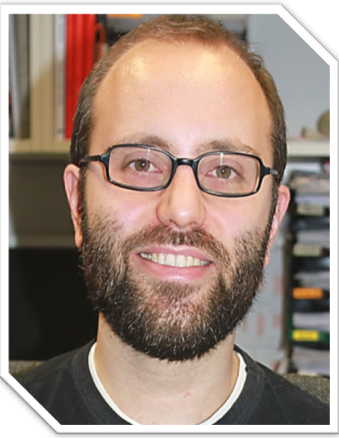
Mitochondrial DNA (mtDNA) mutations frequently cause neurological diseases. Modeling of these defects has been difficult because of the challenges associated with engineering mtDNA. Patient-derived induced pluripotent stem cells (iPSCs) allow the development of innovative cellular models in a personalized approach.
During Targeting Mitochondria World Congress, Dr Alessandro Prigione from Max Delbrueck Center for Molecular Medicine, Germany will discuss the potential benefits of patient iPSCs for drug discovery of neurological mitochondrial diseases.
To access to the preliminary agenda, please click here.
What is the impact of mitochondria-targeted antioxidants on cancer progression?
 ROS can be produced at different sites in cells: it can be formed in the plasma membrane, the cytosol, but the main ROS generator is the electron transport chain (ETC) located in the mitochondrial matrix. Interestingly, enhanced or disrupted mitochondrial activity can increase superoxide production within the mitochondria of cancer cells. The increased superoxide production has been associated with cell survival and metastasis. Thus, it has been hypothesized that specifically targeting mitochondrially-produced ROS could reduce the survival and invasive abilities of cancer cells. Consequently, several mitochondrial antioxidants have been developed and tested; but thus far, no studies have defined the impact of mitochondria-targeted antioxidants on the progression of cancer in endogenous mouse models.
ROS can be produced at different sites in cells: it can be formed in the plasma membrane, the cytosol, but the main ROS generator is the electron transport chain (ETC) located in the mitochondrial matrix. Interestingly, enhanced or disrupted mitochondrial activity can increase superoxide production within the mitochondria of cancer cells. The increased superoxide production has been associated with cell survival and metastasis. Thus, it has been hypothesized that specifically targeting mitochondrially-produced ROS could reduce the survival and invasive abilities of cancer cells. Consequently, several mitochondrial antioxidants have been developed and tested; but thus far, no studies have defined the impact of mitochondria-targeted antioxidants on the progression of cancer in endogenous mouse models.
In this talk, Pr Martin Bergö from Sahlgrenska Cancer Center, Sweden, will give an update of their experiments designed to address this issue.
For more information about Targeting Mitochondria Congress: www.targeting-mitochondria.com
Self-Assembled Polymeric Nanoparticle for Mitochondria-Targeting Drug Delivery
 Dr Han Chang Kang, from the Department of Pharmacy, The Catholic University of Korea, Republic of Korea will present his recent research about the Self-Assembled Polymeric Nanoparticle for Mitochondria-Targeting Drug Delivery.
Dr Han Chang Kang, from the Department of Pharmacy, The Catholic University of Korea, Republic of Korea will present his recent research about the Self-Assembled Polymeric Nanoparticle for Mitochondria-Targeting Drug Delivery.
Recently, subcellular targeting drug delivery systems that specifically reach subcellular compartments (e.g., cytosol, nucleus, and mitochondria) of interest have garnered more attention because their action sites for generating therapeutic effects occur not just at the cellular level but at the subcellular level as well. Among them, this presentation will be focused on mitochondria-targeting self-assembled polymer-based nanoparticles for intracellular drug delivery because mitochondria are very significant intracellular organelles for controlling the homeostasis of vital physiological functions and synthesizing bioenergy molecules and their dysfunction leads to a variety of human disorders including neurodegenerative, neuromuscular, cardiac, and metabolic diseases. The significance of the mitochondria in disease allows a broad spectrum of therapeutics to strengthen or weaken their intrinsic or newly-introducing functions. Thus, the presentation will introduce the mitochondria-targeting drug delivery systems designed by me and my collaborators.
For more information about Targeting Mitochondria Congress: www.targeting-mitochondria.com
Presentation of the mitochondrial DNA damaged induced inflammation in lung epithelial cells

Dr Bartosz Szczesny, Associate Professor at the Department of Anesthesiology of the University of Texas Medical Branch at Galveston, USA is invited during Targeting Mitochondria World Congress is to give a presentation about the mitochondrial DNA damaged induced inflammation in lung epithelial cells.
According to Dr Szczesny: "Pulmonary epithelial cells are key effectors and targets in the pathogenesis of inflammatory lung diseases such as asthma, and chronic obstructive pulmonary disease, among others. Oxidative stress has been implicated at the earliest step in development of lung inflammation, but the molecular mechanisms of how oxidantive injury to epithelial cells develops inflammatory response remain unclear. While investigating the mechanisms responsible for activating inflammation in response to prolonged, low-level oxidative stress, we identified a role for an active and selective cellular extrusion of damaged mitochondrial DNA, that did not affect cellular viability. Selective release of damaged mitochondrial DNA, first into the cytoplasm and subsequently into the extracellular space, triggers autocrine and paracrine modes of the inflammatory response. I will be discussing cellular outcomes and inflammatory signaling pathways in response to mitochondrial DNA-specific damage in cell culture and in vivo models."
More information about the congress: www.targeting-mitochondria.com
More Articles...
- The registrations for Targeting Mitochondria 2017 World Congress are now open!
- Pr Marvin Edeas and Pr Volkmar Weissig commented the 7th World Congress on Targeting Mitochondria 2016
- The award for the short oral presentation was discerned to François Mouton-Liger
- Daniel Schniertshauer was awarded for his poster presentation during Targeting Mitochondria 2016



